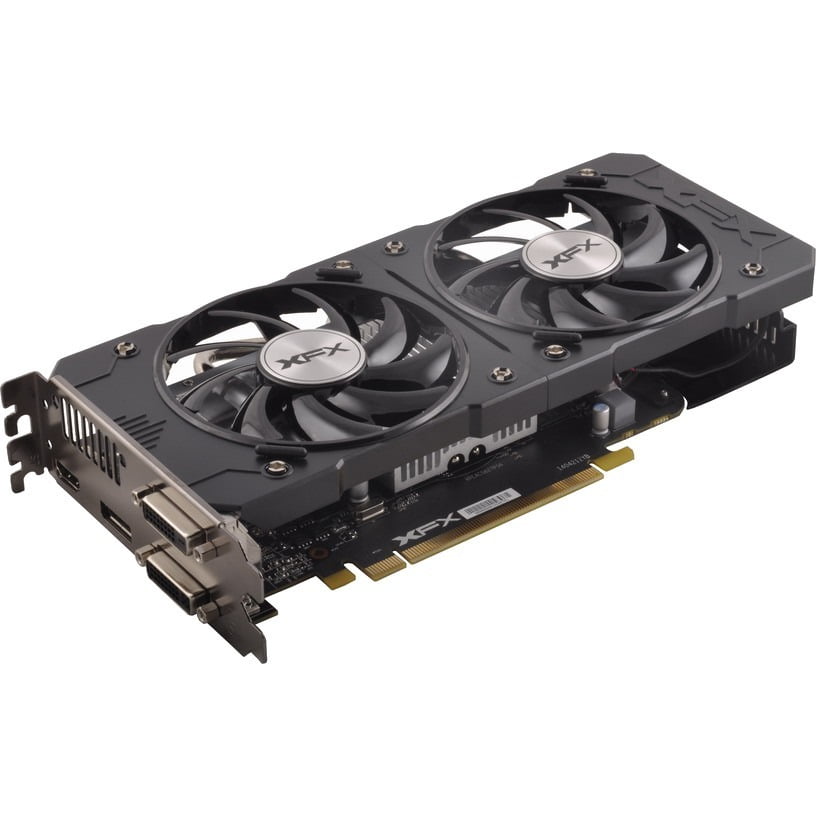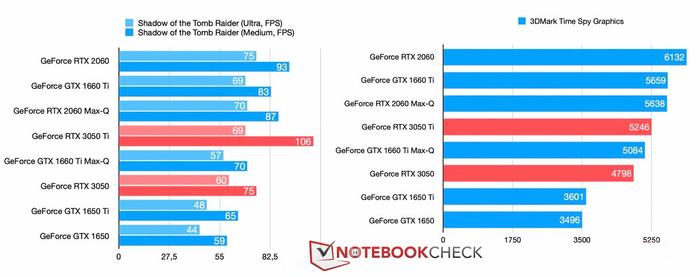
If you want something newer and capable of checking DX12 and DX11, we’d recommend AMD’s OCAT.

If you need a tool for checking performance in DX11 and earlier titles, FRAPS is still a good choice. Because different GPUs take different performance hits from different options, you may need to do a little detective work, but it’s not unusual to boost frame rates by 5-10 percent just from small tweaks.

Sometimes the benefits of a Very High or Ultra detail setting are quite small relative to their performance hit.ĭon’t be afraid to climb into the Advanced Options and start changing various sliders. In some titles, Medium is only a modest reduction in quality from Ultra or High.

Different games handle visual quality reductions differently. Even turning off features like ambient occlusion or disabling tessellation doesn’t hurt the visual appeal much. Medium detail definitely doesn’t pack as much eye candy as Ultra, but it still presents an attractive-looking and engaging game. You can see differences here, but they’re subtle. The slideshow below shows the impact of different detail levels in the 2014 Shadow of Mordor, with the optional HD texture pack installed. In Deus Ex: Mankind Divided, turning on MSAA has a phenomenal performance impact, for example - much more than you’d typically expect. Yes, simply lowering game settings or resolution can improve frame rate, but toggling specific features can get you nearly the same results for a smaller reduction in performance. It’s not unusual for a game’s implementation of ambient occlusion, tessellation, or antialiasing to hit one company’s GPU harder than another, and this can vary depending on the GPU family. Gamers generally know that certain features explicitly tied to AMD or NV GPUs (think GameWorks) can incur heavy performance penalties on other architectures, but the same can be true for other features as well. While most reviewers test titles according to presets (Low, Medium, High, etc), this is a practical time-saving necessity, not a guide to achieving the best possible performance on a given card. The first thing we recommend doing to squeeze a little performance out of an aging card is to experiment with game settings themselves. The guide is written generally because the knobs and dials vary from game to game, but it should be possible to improve performance in any game, at least a little. You may find that you like some solutions more than others, or that some harm image quality much more than you recover in terms of performance. There are going to be trade-offs throughout this process. The goal of this article is to help you improve game frame rates without completely sacrificing quality. This is especially true if you are using an APU or other integrated graphics solution. While reducing detail settings will also help improve frame rates, cutting your output resolution will reduce pressure on both VRAM and the GPU core itself by giving it less work to do per frame. Third: When in doubt, try a lower resolution. Dust is an excellent insulator and older cards have no performance to spare in the first place. While unlikely to be a major slowdown cause, a GPU will throttle back its performance if it’s overheating. Second, make sure you’ve dusted both your GPU and CPU.
Good graphic card benchmark windows#
With Windows 10, some games now only offer a borderless fullscreen mode, and not every game shows a performance advantage for fullscreen versus borderless/windowed, but always check this setting if you’re trying to maximize performance. Windowed modes are sometimes slower than fullscreen because the GPU keeps drawing the desktop behind the game even when you can’t see it. If you’re in windowed mode, try switching to fullscreen to see if performance improves. Three miscellaneous tips before we start: First, check to see if you’re running in windowed mode or fullscreen mode. Second, because every game is different, some of these tips may be more or less effective depending on the title. Performance tuning can improve frame rates and turn a game that’s chugging in places into one that runs noticeably and meaningfully better, but there’s no way to turn an R9 290X or GeForce GTX 980 into a Radeon 6800 XT or RTX 3080. First, the tweaks we’ll explore, even taken in aggregate, will certainly help but are unlikely to work miracles.

Before we kick off, a few caveats are in order.


 0 kommentar(er)
0 kommentar(er)
